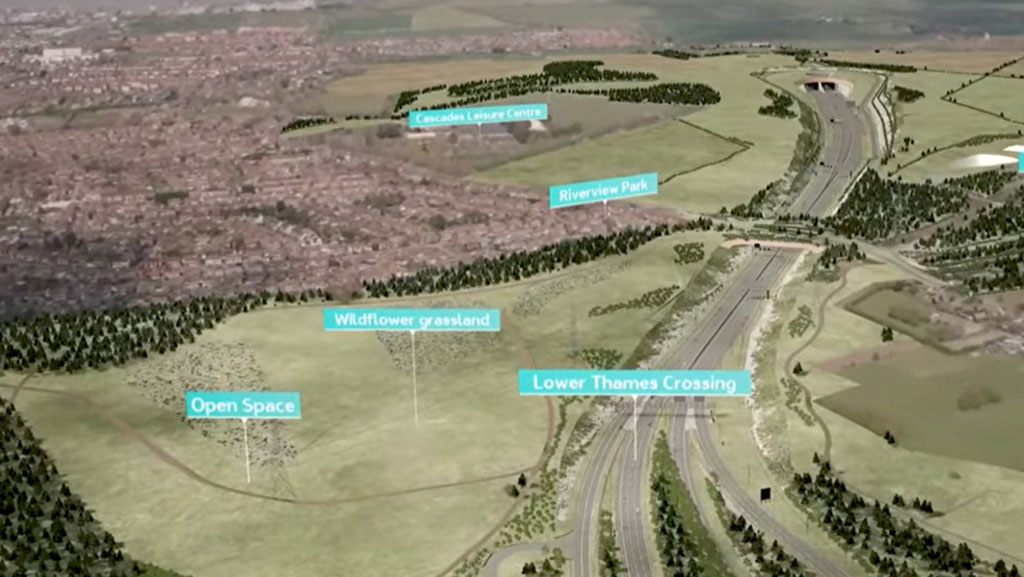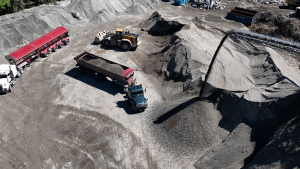Governments around the world are looking to reduce carbon emissions to meet climate goals and the future of highway infrastructure has to be factored into those planning discussions.
“We are not building in the need for resilience into our future planning of the highway infrastructure. This is running contrary to how other parts of government are saying we should be accounting for the effects of climate change,” said Colin Black, director of future mobility with AECOM U.K. and Ireland.
Black made a presentation at the recent Transport Futures webinar Optimizing Highways: Improving existing networks without expansions, part of the Highway Planning Webinar Series. His presentation was billed Highways: a new reality.
In some parts of the U.K. carbon impacts from the roadbuilding program are being considered.
“In Wales, the highway schemes can only now be considered if the investment supports mode shift and reduces carbon emissions,” said Black, adding there are similar plans to decarbonize in other parts of the U.K.
“But this is currently accompanied by a very large and fairly unprecedented highway investment program that hasn’t yet taken into account the full impacts on climate change.
“It uses traffic forecasts that are being derived from another era and is assuming that carbon generation is relatively insignificant in the grand scheme of things.”
One of the challenges in the U.K. is that strategic highways currently do not have to account for their impact on the local transport system, Black said. They are planned and treated separately.
He spoke about a specific plan that’s being proposed to the west of London, a crossing over the River Thames.
“What we’re finding is that in putting in such massive new infrastructure, it unlocks a whole pattern of different movements that are not planned for,” Black noted.
“It embeds further car dependency locally and it conflicts and challenges some of the work we’re trying to do locally to decarbonize the transport system by shifting those journeys onto public transport, encouraging walking and cycling.”
There is also a disconnect between major highway schemes and the local impact, he noted. In order to relieve the strategic road network a lot of additional traffic is being pushed onto and generated on the local road network.
“There’s been very little scrutiny to date of the impact of these major schemes as part of their transportation decarbonization requirements,” said Black. “The whole roadbuilding program across the whole of the UK, for the five-year period, is evaluated by government and that is reducing the scrutiny on schemes on their own merit.”
Optimizing highways is going to require a complete systems approach to mobility that looks at the larger system.
“Everybody tends to deny that change is happening. Many people like to stick their head in the sand but then it happens suddenly and everybody starts to think…‘We’re going to really have to do things differently here,’” said Black.
“I think that’s where we are with highways at the moment. I think a lot of the signs are there, there are lots of incremental changes happening globally. In order to prepare for the shock of sudden change we need to recognize some of the ESG trends that are prevalent globally. We need to ensure investments are better aligned with our strategic priorities.”
Transport professionals are going to need to employ a different mindset.
“I think there is going to be a much greater scrutiny of whole life value-for-money of schemes. There is going to be greater consideration on quality of life, well-being, social equity as part of an ESG approach to highway evaluation, a greater focus on optimization and management of existing assets…and designing our schemes to support integrated future mobility, recognizing travel behaviour changes as a fundamental part of transport decarbonization,” said Black.











Recent Comments
comments for this post are closed